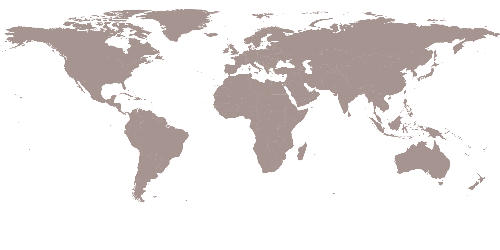Flexible Architecture to Meet Diverse Uses

A new archaeological center in Augusta Raurica, Switzerland—the country’s largest Roman excavation site—shows how flexible architecture can support cultural heritage and future adaptability. Completed in 2021, the building provides essential infrastructure for excavation and research while accommodating a range of changing uses. With its modular structural system, the project embraces a low-tech, resource-efficient approach, offering a model for architecture that is resilient, restrained, and responsive to evolving needs.












